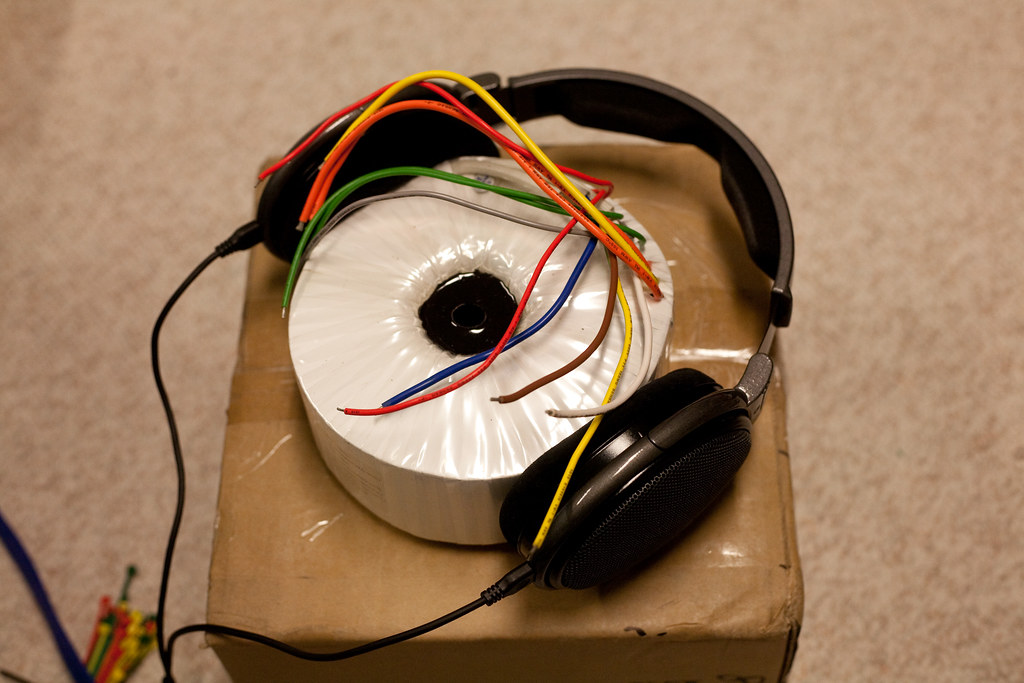amb
Member of the Trade: AMB Laboratories
- Joined
- Apr 1, 2004
- Posts
- 4,933
- Likes
- 41
Quote:
The Caddock resistors are already isolated, so no need any more isolation pads. They should normally never get hot, so no thermal compound is necessary on them. For the MOSFETs I used Berquist Silpads -- no messy thermal compound either.
Quote:
I used 18AWG for power and ground in the regulated sections, and 16AWG for the unregulated sections. All are "normal" stranded copper hookup wires.
| Originally Posted by oneplustwo /img/forum/go_quote.gif Amb - did you use thermal compound on both sides of the Al shim? (No insulator required for the Caddocks, right?) |
The Caddock resistors are already isolated, so no need any more isolation pads. They should normally never get hot, so no thermal compound is necessary on them. For the MOSFETs I used Berquist Silpads -- no messy thermal compound either.
Quote:
| Also, do you have a reco for what to use for internal wiring? I was thinking about stranded 16 gauge throughout but wasn't sure if that was beefy enough given some of the sections may carry significant current. |
I used 18AWG for power and ground in the regulated sections, and 16AWG for the unregulated sections. All are "normal" stranded copper hookup wires.









